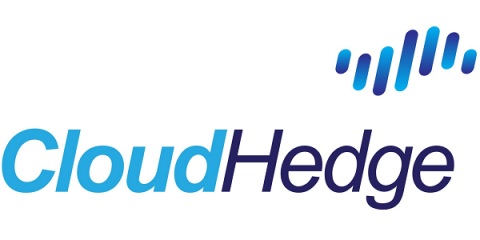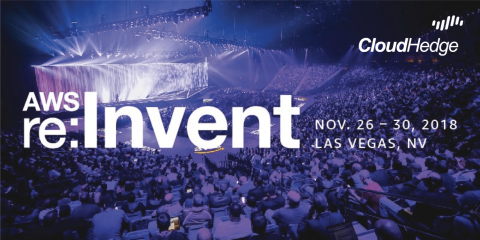Leveraging the Benefits of Cloud for Media & Entertainment Industry
Viewers are streaming gigabytes of content every day than before. Their expectations of viewing endless high-quality content, anytime – anywhere and on any screen size and device is driving business for media companies. As a matter of fact, PwC anticipates revenue from the Media & Entertainment will reach an estimated $2.2 trillion by 2021. In addition, we will have 5G wireless networks in 2019 that would allow access and streaming of content at supersonic speeds across geographies.



